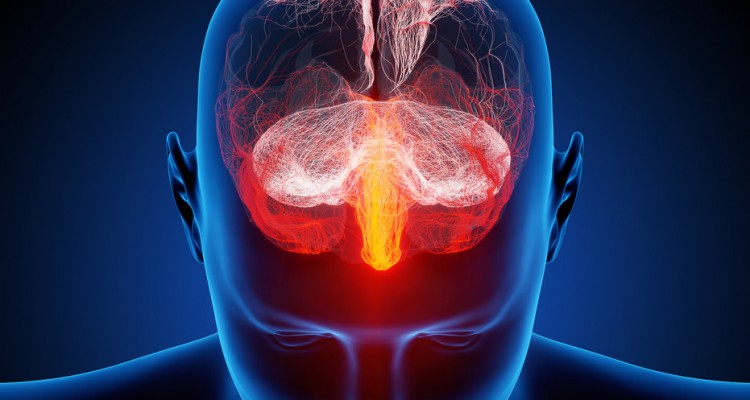Biohacking is gaining popularity every day, with biohackers seeking solutions to kill multiple birds with one stone. When most people hear the word “hacker,” they think of tech wizards who break into computers to fix an issue or steal information. However, biohacking is much different. Think of it as a person hacking into his or her own body, metaphorically, to optimize their potential. To better visualize this, imagine the body as a car. The brain is the GPS, and it must create a clear map of where the body is relative to space and time. To do this, the brain coordinates information from three main “satellites”: your vision system, your vestibular (inner ear) balance system, and your proprioceptive system (i.e. the body’s nerve endings). The key to remember is that the brain will create a blurry overall map if you avoid exercise and sit in front of a computer for long periods of time, because that impairs these systems’ abilities to work optimally together with the brain.
Related: Achieve Total Wellness Through Hormone Balance
The short-term ramifications of a blurry map are pain, tightness, decreased strength and increased body fat. This happens because your brain has a “bucket” (amygdala) where all stressors accumulate – postural stressors, mental stressors, digestive stressors, etc. This is known as your allostatic load. When you reach the threshold for what your brain can tolerate you get spillover. This spillover appears in the form of pain, tightness, decreased strength and increased body fat. Starting to make sense? Yes, that means your efforts to increase flexibility by foam rolling are likely futile, and your dieting efforts may actually be increasing neurological threat and thus body fat. To better understand these mechanisms, let’s explore the three systems:
Vision System
The eyes take in refracted light and make sense of objects. They must work with the brain to do this properly. When people sit in front of a computer screen for hours on end every day, the eyes become strained. In a world where work tasks have evolved to take place more on computers, many people are feeling the effects of digital eye strain. Some common effects are tired eyes, headaches, back pain, neck pain, difficulty focusing and stinging or burning sensations in the eyes.
Related: The Dark Side of Blue Light Electronics
Instead of immediately going to the eye doctor, another option is to try some biohacking drills to alleviate the symptoms and prevent them from worsening. One of the worst problems that can develop from not practicing drills to combat symptoms is frequent migraines. These types of headaches can be debilitating for some, but they may be manageable or even preventable with the right knowledge.
Vestibular System
The vestibular system, associated with the inner ear, is responsible for spatial orientation. It helps people maintain balance and contributes to movement. Sitting in front of a computer and not exercising enough can contribute to improper vestibular function. People who are starting to develop vestibular problems may notice a difference in hearing, feelings of dizziness, light sensitivity and ringing in the ears. Other symptoms can appear. Vestibular problems are often linked to vision problems, so a person may also experience ocular symptoms. One interesting fact is that traditional balance training methods such as using the Bosu or Swiss ball isn’t actually balance training at all, not to mention they wreck your strength output.
Related: Surfing and 6 Other Active Southwest Florida Day Trips
When you are on an unstable surface like the Bosu or Swiss ball, your brain loses spatial awareness which raises your brain’s threat level and increases your startle reflex and decreases strength. Additionally, balance training requires head movement to stimulate your balance system (i.e. inner ear) and the Bosu and Swiss ball generally will cause your neck to stiffen (from the startle response) which negates your ability to move your head and actually develop better balance. Ironic, huh? Now, unstable surfaces are not to be confused with unstable environments. Surfing, for example, is considered an exercise that takes place on a stable surface but in an unstable environment. A stable surface allows you to be more 3-dimensional and move your head to stimulate your balance system.

